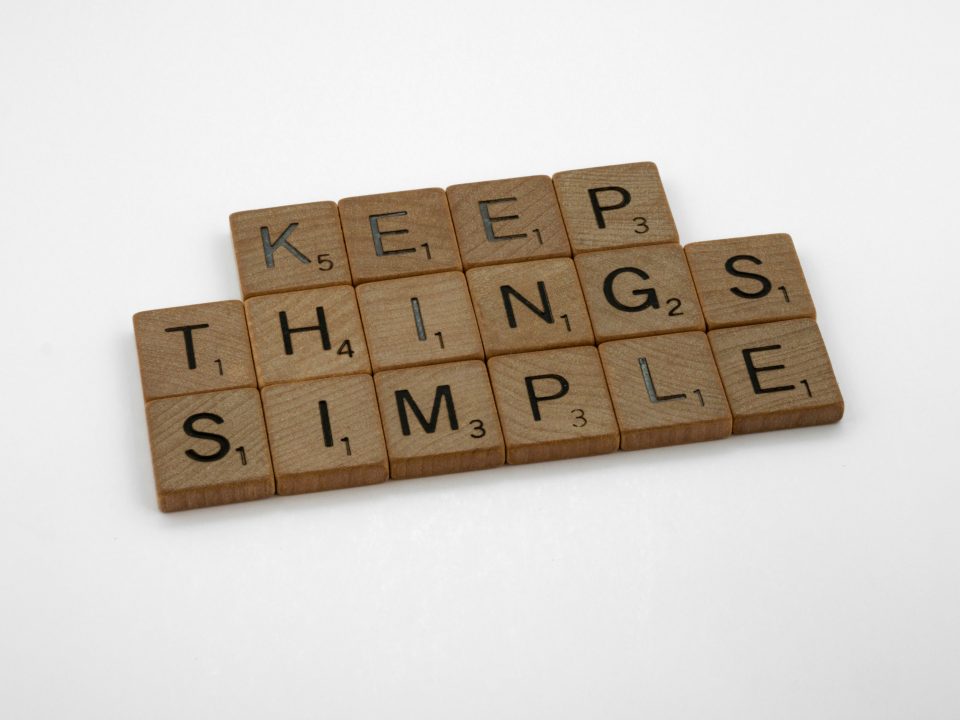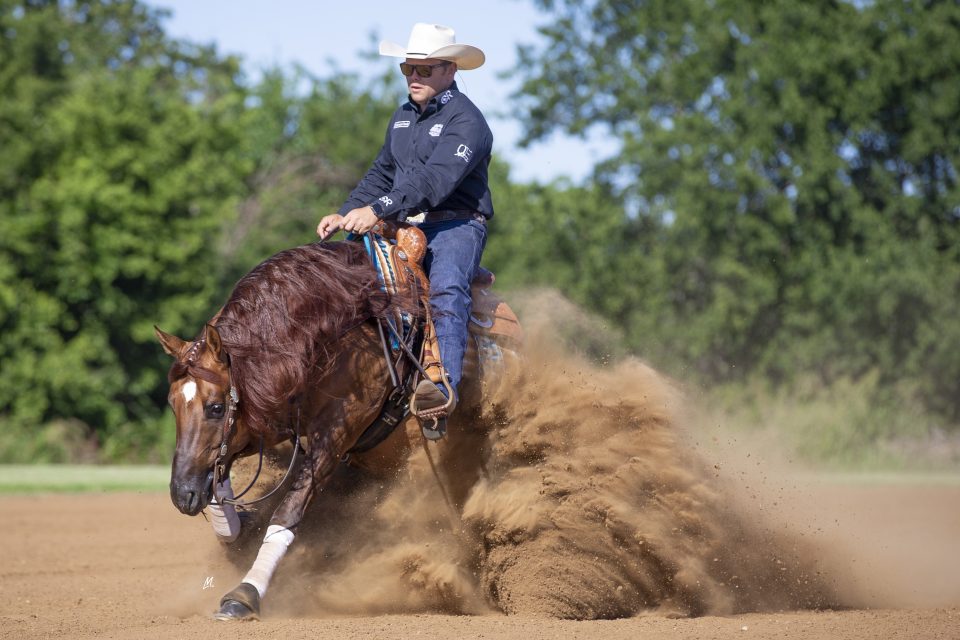Maintain your relationship with your customer, even when their investment turns out differently than expected.
By Jennifer Paulson

Helping your customers find and purchase the perfect horse is likely a big part of your business, not to mention an exciting task, especially when it’s one for you to show yourself. When the horse market is high, even an entry-level Rookie or youth horse can require substantial investment from your customer, not to mention the climbing and ongoing expenses of keeping a horse in training and maintaining its care.
When that investment goes south—whether because of injury or a misjudgement in the horse’s talent level or even just your roster of horses changing—it can cause frustration and disappointment for your customers. Those can be difficult emotions to manage, but there are ways to make the blow a little softer and even to turn the situation into a positive.
Here, NRHA Professionals Sebastian Petroll and the late Bob Avila shared how they’ve managed these situations to maintain successful, positive relationships with their customers, but also to ensure that the horse winds up in the best place possible in three parts:
Part 1: Manage Expectations and Voice Your Concerns
Part 2: Assess Risk Tolerance and Acknowledge Your Responsibility
Assess Risk Tolerance and Acknowledge Your Responsibility
Some owners want to invest whatever it takes in an attempt to get a horse to their own goals. In Petroll’s example, maybe they’re willing to put 90 more days in training and boarding fees into the horse to see where he goes. Some would rather cut their losses early on and move onto something that’s more likely to reach the bar they’ve set for success. Petroll says it’s important to communicate with your customers to evaluate how much risk they’re willing to take—aka how much they’re comfortable spending to see if a horse can make the cut.
“I can ride that horse for another year while we figure out his potential and they can spend another $20,000 in training and care,” Petroll says. “But do they really want to go that far to find out if the horse might work? It’s an important conversation to have early on.”
“When you broker the sale of a horse to your customer and make a commission, you have a responsibility to that customer and the horse,” Avila advised. “If the horse isn’t working out to where you expected, acknowledge what you saw in the horse and where your perceptions of that horse fell short.”Explaining this to your customer educates them about the business and teaches them valuable lessons for their next horse purchase, whether it’s with you or another professional.



